Why You Should Invest in African Art
Jul 14th 2021
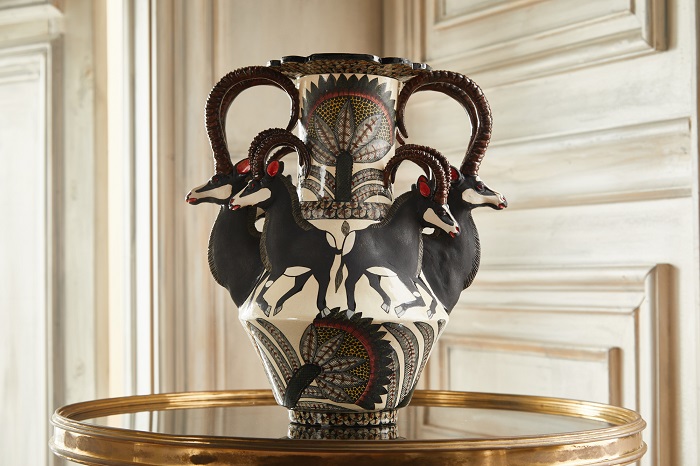
Ardmore (Sable Vase). Photo courtesy: Maison muntu
In today's article, we're going to talk about why you should invest in African Art. So, grab a cup of coffee and get ready because you're in for a surprise!
Prices and demand for contemporary African Art have risen dramatically in recent years, as more investors from around the world have shown interest in contemporary African Art.
However, it isn't always clear what led to the 'African Art Boom', what this boom involves, or what the future of the African art market holds.
Before investing in any type of art, it is crucial to understand the genesis and history of particular artworks. This not only adds personal worth to the item we acquired but also allows us to decide whether this type of art will continue to be important in the future.
So, let's see how African Art became so popular and why you should invest in African Art today!
A short history class of African Art
In the 1970s, contemporary African art flourished. Many colonized African countries began to reclaim their independence during this time, resulting in a renewed sense of patriotism and freedom of expression, which eventually reflected itself in the visual arts.
As people had the opportunity to travel and experience different traditions and cultures, the continent began to globalize and was exposed to new styles, ideas, and media.
Using the natural materials and world around them as an inspiration, African artists created artwork that reflected the topics of migration and identity. They used traditional patterns and motifs to form a strong sense of 'Africanness'.
What caused the 'boom'?
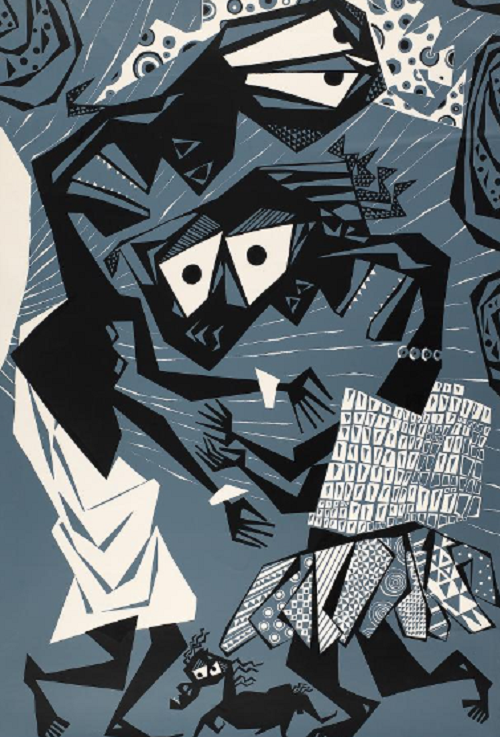
Susanne Wenger (Olorisha Adunni). Image by: Smithsonian National Museum of African Art
Despite its rocky start, African Art flourished in recent years. Since the two key commodities that generate the best returns for investors around the world are gold and art, it's no wonder that more and more people want to invest in African Art.
Reasons for this are numerous. For example, the number of museums and galleries is constantly growing, and thus, there is an increased amount of art fairs and exhibitions.
Prince Yemisi Shyllon, Nigeria's largest private art collector, has witnessed the surge in recognition and value of African art better than anybody else. Let's see what he had to say about investing in African Art:
"When I started collecting art as an undergraduate at university in the mid-1970s, it had virtually no value. You could buy a piece of good art for 20,000 Naira [about $100 at current conversion rates]. Today it would sell for millions," he said.
"I've studied the movement of the prices of artwork sold in auctions in Nigeria since 1999. And I can tell you how much the artworks have grown over time, of different artists - if we draw a correlation analysis, we come up with a positive graph about the growth, and therefore it can form a solid basis for investment," he added.
Now, he proudly displays approximately 7,000 pieces of African Artwork at his house in Lagos. Amazing, right?
Appreciation of African Art
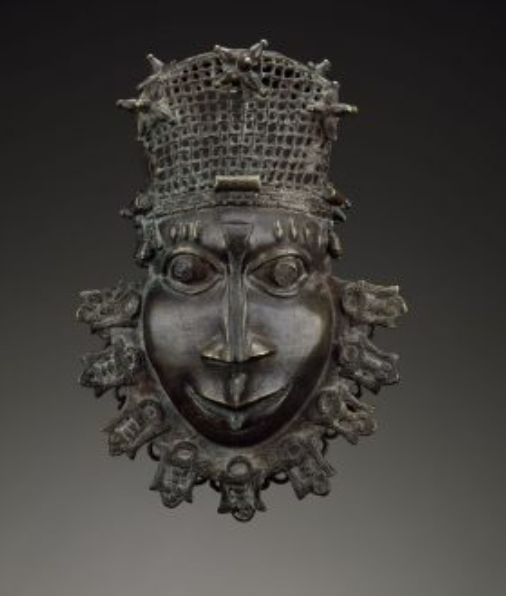
Edo artist (uhunmwun ekhue) Image by: Smithsonian National Museum of African Art
Africa, without question, has a plethora of artistic abilities, and as a result of the continent's abundance of creativity, demand and admiration for African art has expanded.
Many of Africa's young and creative minds have turned to the arts as a source of income, and many investors and businesses are looking to invest in African Art as well.
Africans buying African Art
The leading investors in African Art are actually Africans themselves, chiefly from South Africa and Nigeria. Why is that?
Africa has seen a massive increase in the number of millionaires, thanks to telecommunications, retail, manufacturing, imports and exports, and many more similar sectors and industries.
Since art is typically thought of as a status symbol for the wealthy, and as the number of billionaires grows, the fact that the rich are investing in African Art doesn't surprise.
According to a new Brookings Institution analysis, consumers in Africa spent $1.4 trillion in 2015, and this figure is predicted to climb to $2.1 trillion by 2025. Given that the wealthy are quickly turning to art as a source of investment, the contemporary African art market is likely to continue to grow.
Perhaps this is precisely why now is the perfect moment to invest in African Art. It will only become more ubiquitous as the continent progresses, more cultural organizations are established, and the wealth of Africa's booming upper class rises.
Worldwide interest
Two things helped to bring African Art to the international stage:
●Technology and modern communications: the Internet is the key marketing tool nowadays; with the rise of social media and digital marketing, the promotion of African Art increased as well.
●Globalization of art: people are much more accustomed to seeing art from other cultures at museums, galleries, and even at auctions these days.
Let's see which African artists were hot on the market in the last few years.
Ken Karangi, ByHand Products
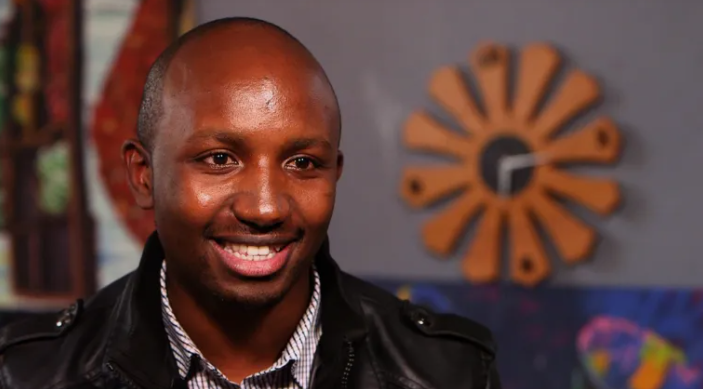
While it is true that African art is seeing a surge in investment, some artists, despite their talent, struggle to find an audience and are forced to sell their work on the street or in shops on their own.
However, Ken Karangi from Nairobi, an ex-web designer, created a solution to this dilemma by promoting and advertising works of art on the internet. He teamed up with six other local artists and started a business called 'ByHand Products'.
'By Hand Products' has grown to the point that it now has its own website and is a fully registered company. Mr. Karangi's annual revenues had risen to $20,000 in his second year of business, which is rather outstanding for such a small company. Karangi has also built a showroom for possible investors and clients in Nairobi.
Vladimir Tretchikoff, a painter from South Africa
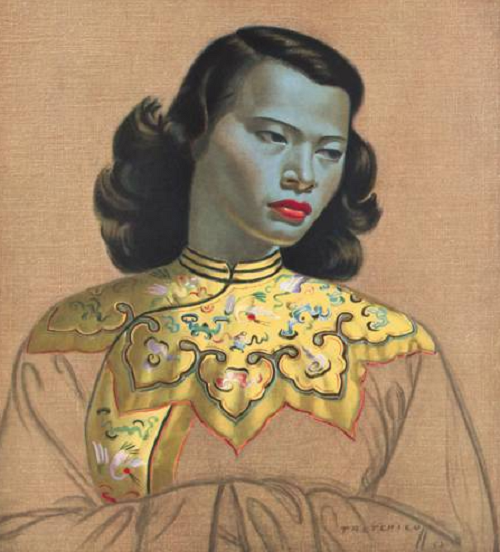
Vladimir Tretchikoff (The Chinese Girl). Image by the Tretchikoff Foundation
Tretchikoff is a contemporary South African painter. In 2012, a piece of his contemporary artwork sold for £337,250 at Bonhams in London, England, which is more than five times its estimated value. The following year, another picture, Chinese Girl, set a new record when it sold for just under £1,000,000. This is three times its estimated value!
Now, this auction house has the whole department completely dedicated to African Art. How amazing!
Goncalo Mabunda, a sculptor from Mozambique
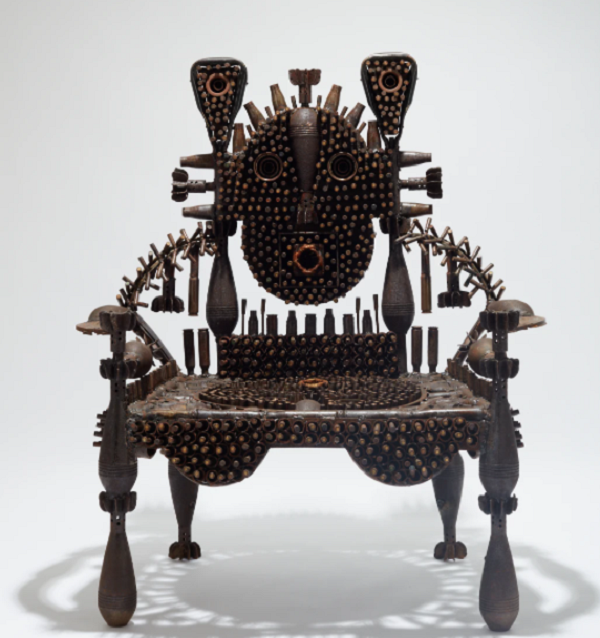
Goncalo Mabunda (The Fluctuating Throne). Image by Jack Bell Gallery
Besides paintings, some genuinely remarkable and unique sculptures are attracting the attention of art investors as well. Goncalo Mabunda of Mozambique is responsible for some of the most well-known sculptors.
He's a niche artist that creates sculptures out of salvaged AK-47s. He is known for transforming Mozambique's tragic era of civil war and brutality into objects of art and beauty. This excellent and unique artwork is adored by people from all around the globe.
London Gallery, ‘Tribal Gathering’, United Kingdom
Although the current wave of investment in African art is mostly focused on contemporary pieces, it is impossible to overlook the fact that African artifacts are incredibly valuable, and their prices in France and Belgium are astronomical.
However, the UK has an advantage when it comes to the prices of African artifacts. Therefore, in the UK, you can still get pieces of tribal artifacts and ancient crafts for a few hundred pounds at galleries like Tribal Gathering.
On the other hand, in France, the same tribal antiques have been popular for much longer and attract higher prices. Tribal masks, for example, that could have sold for £20,000 a decade ago might now fetch millions.
professionals to handle it during relocation, and your precious art will arrive safe and sound.
Final words
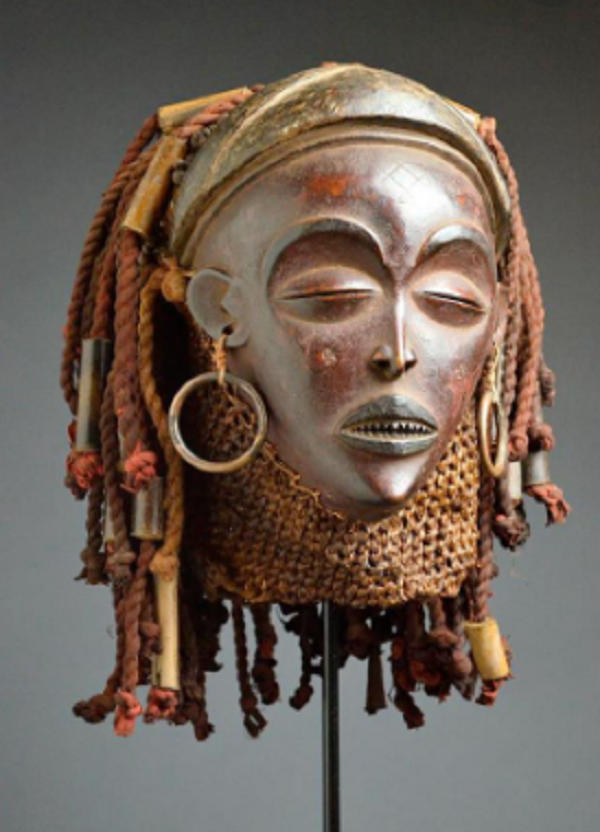
Mwana Pwo, Chokwe Mask
Investing in African Art today is not only good profit-wise. It also means you're making a direct contribution to the current critical change in the history of African art. So, you're practically rewriting the art history books while making some serious money.
The acquisition of African art today will significantly advance the demand and worth of priceless works of art in ways that are considerably more significant than their monetary value. It's a reinvestment in lively, robust, and complex cultures and histories, as well as a contribution to the support of African art and artists.
Additionally, this kind of art definitely adds flair and personality to both your interior design and lifestyle.
After all, investing in art is the best way to invest in yourself. Art is the only way to truly and fully express ourselves. So, what more reasons do you need to invest in African Art?
Meta description: If you’re looking for reasons to invest in African Art, read this article to find out why it is so hot on the market right now!

